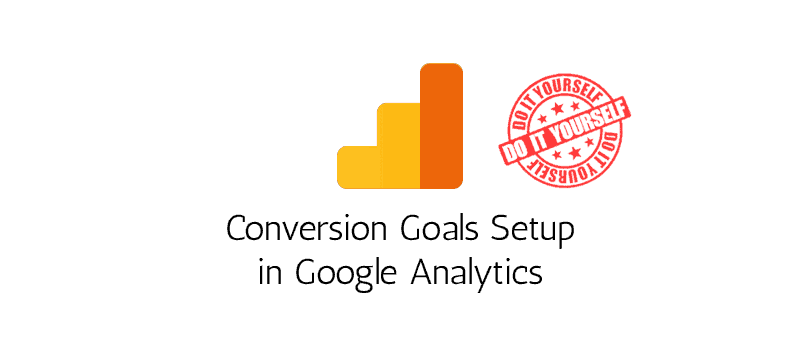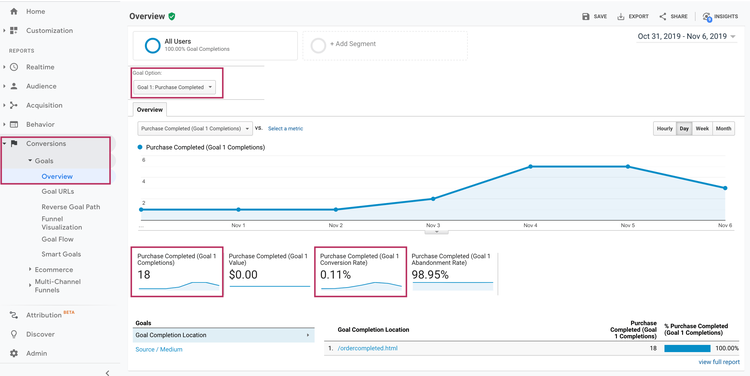Exploring What Data Is Google Analytics Goals Unable to Track
Exploring What Data Is Google Analytics Goals Unable to Track
Blog Article
Introducing the Blind Attractions: Recognizing What Google Analytics Goals Can not Gauge
In the realm of digital analytics, Google Analytics stands as an effective device for monitoring and evaluating online user communications. Comprehending what Google Analytics goals can not determine is critical for getting a comprehensive sight of user actions and interaction.
Customer Habits on External Operatings Systems
Comprehending just how individuals interact on outside systems is important for optimizing on the internet strategies. Outside systems, such as social networks networks, reference sites, and on-line forums, play a substantial role in driving web traffic to a firm's site. By assessing user actions on these platforms, organizations can gain beneficial insights right into the effectiveness of their advertising efforts and the choices of their target audience.
One trick element of customer behavior on exterior platforms is the reference source. By tracking where the customers are originating from, services can recognize which platforms are driving one of the most traffic to their website. This info can help firms designate their sources better, concentrating on the platforms that produce the ideal outcomes.

Offline Interactions and conversions
Examining user actions on outside platforms supplies valuable understandings into on-line methods; however, thinking about offline conversions and interactions is similarly vital for a comprehensive understanding of a business's total performance. Offline conversions, such as in-store acquisitions or phone inquiries, play a substantial role in lots of businesses' success.

Acknowledgment Beyond Last Click
When diving into the realm of digital advertising and marketing analytics, it comes to be important to look beyond the solitary touchpoint of the last click for an extra comprehensive understanding of attribution. While Google Analytics offers useful understandings right into customer actions, counting solely on last-click attribution can be limiting - what data is google analytics goals unable to track. Acknowledgment models that go beyond the last click offer a more nuanced view of the customer journey, taking into account all the touchpoints that lead to a conversion
Attribution beyond the last click permits online marketers to assign credit to numerous communications along the conversion path, giving a more clear image of the efficiency of different marketing networks. By discovering multi-touch attribution models such as linear, time degeneration, or position-based acknowledgment, organizations can much better designate their advertising and marketing spending plans and enhance their strategies for maximum influence.
Recognizing the impact of each touchpoint in the conversion process is important for making notified decisions and making best use of ROI. By embracing acknowledgment beyond the last click, companies can get much deeper insights right into customer actions and tailor their marketing initiatives more properly.
Cross-Device and Cross-Browser Tracking

Similarly, cross-browser tracking complements cross-device monitoring by catching user habits as they change in between various web internet browsers. Recognizing how users communicate with sites on different web browsers can assist online marketers enhance their on the internet experiences to guarantee consistency and performance across different platforms.
Qualitative Data and User Intent
Understanding individual intent with qualitative data analysis is critical for developing targeted digital marketing methods that reverberate with the demands and choices of the target audience. Qualitative information provides insights right into the 'why' behind customer activities, clarifying motivations, emotions, and choices that quantitative information alone can not capture. By evaluating user comments, remarks, and communications, marketers can discover beneficial info regarding individual intent, enabling them to customize their messaging, web content, and offerings to much better straighten with what their target market is looking for.
Qualitative data also helps read this post here in understanding the context in which individuals engage with a site or application. This contextual understanding makes it possible for marketing experts to produce even more individualized and pertinent experiences, ultimately driving greater engagement and conversion prices. By diving into individual intent with qualitative data evaluation, businesses can obtain a deeper understanding of their target audience, bring about much more reliable advertising techniques that fulfill users' assumptions and needs.
Final Thought
Finally, Google Analytics goals have constraints in measuring customer behavior on outside systems, offline conversions, attribution past last click, cross-device and cross-browser tracking, and qualitative information associated with customer intent. what data is google analytics goals unable to track. It is necessary for organizations to be familiar with these dead spots in order to supplement their data analysis with other tools and approaches to acquire an extra comprehensive understanding of their audience and enhance their total electronic advertising methods
By analyzing individual habits on these systems, services can obtain valuable insights into the efficiency of their advertising and marketing efforts and the preferences of their target audience.
Examining customer behavior on outside systems provides important understandings right into on-line strategies; however, thinking about offline conversions and communications is equally essential for a thorough understanding of a company's overall performance.In electronic advertising analytics, relocating beyond last-click attribution to check out cross-device and cross-browser tracking is important for gaining an all natural understanding of individual communications throughout various systems and gadgets. By assessing user comments, comments, and interactions, marketing experts can discover important info about user intent, allowing them to tailor their messaging, content, and offerings to better align with what their audience is seeking.
By delving into individual intent with qualitative information evaluation, companies can get a much deeper understanding of their target look at this now audience, leading to a lot more reliable marketing strategies that meet users' expectations and needs.
Report this page